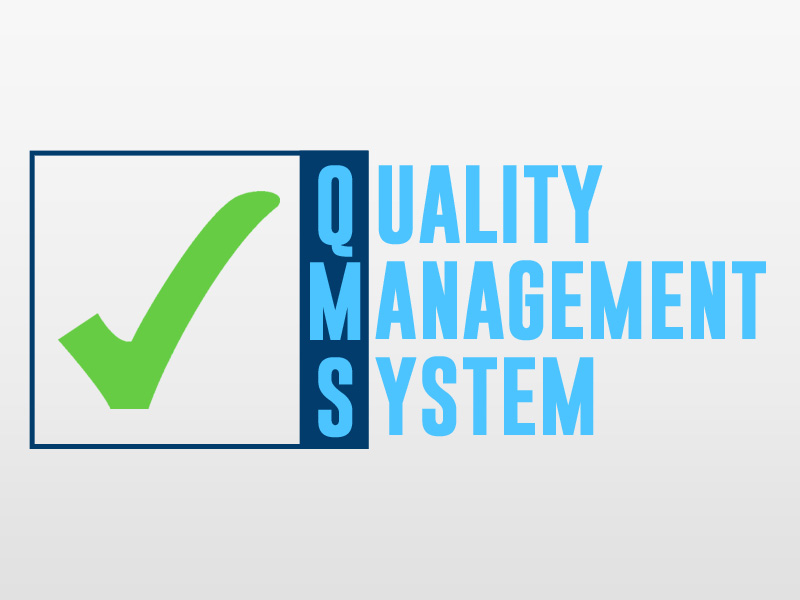Automated Asset Management is transforming the way businesses track and handle assets. Fusing technology with business processes creates a powerful tool that promotes efficiency and effectiveness. Discover its benefits and how to incorporate it into your current business structure. Visit https://www.cheqroom.com/ to find out more.
What is Asset Management and Its Automation
Asset management involves the tracking, utilization, and maintenance of assets within an organization. Such information may range from fixed assets like machinery to digital assets like software and data. As crucial as it is, handling these assets manually can be overwhelming and prone to inaccuracies.
Enter automated asset management, a game-changer in the business world. By using automated systems, organizations drastically reduce the margin of error associated with manual tasks. Besides, they speed up operations, offering swift and efficient ways to track and manage assets.
One such tool is Cheqroom. It enables a cloud-based asset management system that eases the tracking, management, and utilization of your assets to the fullest extent. By automating your asset management process, you can quickly identify such cases, where they are, and how they are used.
Advantages of Automating Your Asset Management
The benefits of automating your asset management process are numerous and impactful. Foremost, it significantly reduces human error. By utilizing an automated system, you curtail the chances of misplaced assets or lost records, both of which can lead to financial losses.
Another advantage is the enhanced efficiency. Automated systems work around the clock without getting weary, meaning your inventory is under constant watch. Tasks that previously took hours to complete can now be done in minutes, boosting overall productivity.
Automating asset management also improves accountability. With every asset tagged and tracked, it becomes easier to hold staff accountable for misuse or misplacement. This not only protects the company’s property but also fosters a culture of responsibility among employees.
How Automation Streamlines Asset Tracking and Inventory Control
![]()
Asset tracking and inventory control stand as some of the greatest beneficiaries of automation. Automated systems use technologies such as Barcode, RFID, and IoT to track the location, status, and maintenance schedules of assets. This level of detail is vital in effective asset management.
With real-time tracking capabilities, asset managers are promptly alerted when an asset moves, is borrowed, returned, or is due for maintenance. This helps in mitigating losses related to asset misplacement or non-maintenance.
The automation of inventory control simplifies the process of managing stock. It minimizes instances of overstocking or understocking, both of which can negatively impact business operations. Systems can project trends and forecast future needs, helping you plan accordingly.
Enhancing Decision-Making With Automated Asset Management
Automated asset management systems play a significant role in managerial decision-making. They provide accurate, real-time data about assets, offering insightful analytics required for strategic choices. From knowing which assets are underutilized to identifying those due for maintenance, managers have all the facts they need to make sound decisions.
Instead of making decisions based on assumptions or outdated data, managers can rely on actual, real-time information from the automated system. This leads to more strategic, informed, and effective decisions that elevate the operations of the organization.
With predictive analysis features, automated systems can further enhance decision-making. They can identify trends, potential problems, and opportunities, and give prompts for timely action. This information is key to shaping the future of the company.
Overall, automated asset management benefits many businesses, from improving efficiency to enhancing decision-making and accountability. It’s essential in optimizing asset utilization, streamlining operations, and propelling growth. It’s about time that businesses embraced this technological advancement and reaped these benefits.







